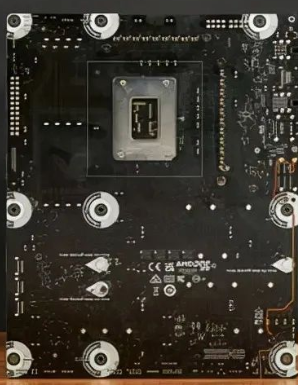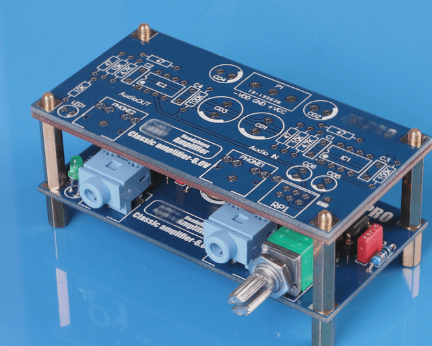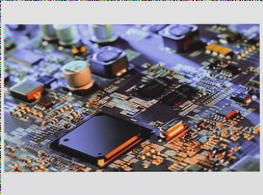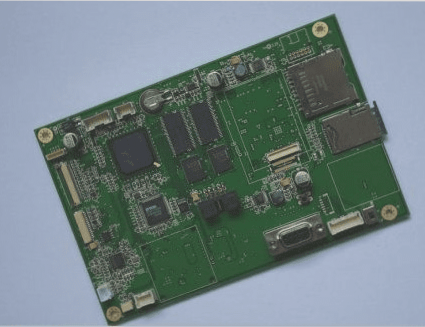PCB Quality Inspection Techniques
X-ray Inspection
After assembly, X-ray inspection is crucial for detecting defects like bridging, open circuits, insufficient solder, and more. Various inspection methods are summarized in the table below.
Scanning Ultrasonic Microscopy
Scanning Ultrasonic Microscopy (SAM) is used to identify hidden issues in assembled boards, especially voids and delaminations. SAM includes A (dotted), B (linear), and C (surface) imaging techniques, with C-SAM being the most common.
Side-View Yan-Like Sharp Method
This method allows for lateral visual inspection with optical magnification in restricted areas. It assesses soldering conditions, but a thin fiber tube endoscope is needed for viewing inner BGA balls due to limitations.

Screwdriver Strength Measurement Method
This method evaluates solder joint strength by lifting and tearing joints with a specialized screwdriver. It is effective for detecting defects like floating solder joints but less suitable for thin substrates.
Microsection Method
Microsection analysis requires specialized equipment and skills for sample preparation. It is a destructive technique used to uncover underlying issues.
Infiltration Dyeing Method
The Infiltration Dyeing Method, also known as the Red Ink Method, uses red dye to infiltrate cracks in solder joints for integrity evaluation. Fluorescent dyes can enhance visibility under UV light.
Common Issues in PCBs
Causes of Solder Joint Voids
Solder joints, especially BGA/CSP ball pin joints, often contain voids due to various factors. High-temperature lead-free soldering can worsen cavity formation. Causes include organic materials and solder characteristics affecting intermetallic compound formation.
PCB Surface Treatment and Void Formation
- Surface treatment plays a crucial role in void formation in PCBs.
- Proper tinning can reduce voids, while inadequate treatments may lead to solder rejection.
- Immersion silver treatments can result in micro-holes at the interface, causing cracking and “champagne bubble wipe.”
- Limiting silver layer thickness to 0.2μm and OSP to 0.4μm can help prevent voids.
Strategies to Mitigate Voids in PCBs
- Larger pad areas are more prone to voids; adding gas escape channels or green paint crosses can help release gas and reduce void formation.
- For voids in micro-blind holes, electroplated copper holes are recommended.
- Preventing excessive roughness or organic residue on copper surfaces can also reduce void occurrence.
Understanding Void Acceptance Specifications
- Excessive voids in solder balls can impact electrical conductivity and heat transfer, affecting solder joint reliability.
- Specific guidelines exist for the allowable upper limit of hole diameter in solder balls to maintain contact area integrity.
- Voids at interfaces between components are significant contributors to cracking.
Classification of BGA Voids
- BGA voids are categorized based on their location and origin, with ongoing research likely to refine the classification system.
Preventing Short-Circuiting and Open Circuits
- Short-circuiting and open circuits can result from various factors, including poor solder paste application and incorrect component placement.
- Thorough inspection using optical microscopy and microsections is essential to detect cold solder joints.





 العربية
العربية 简体中文
简体中文 Nederlands
Nederlands English
English Français
Français Deutsch
Deutsch Italiano
Italiano 日本語
日本語 한국어
한국어 Português
Português Русский
Русский Español
Español ไทย
ไทย